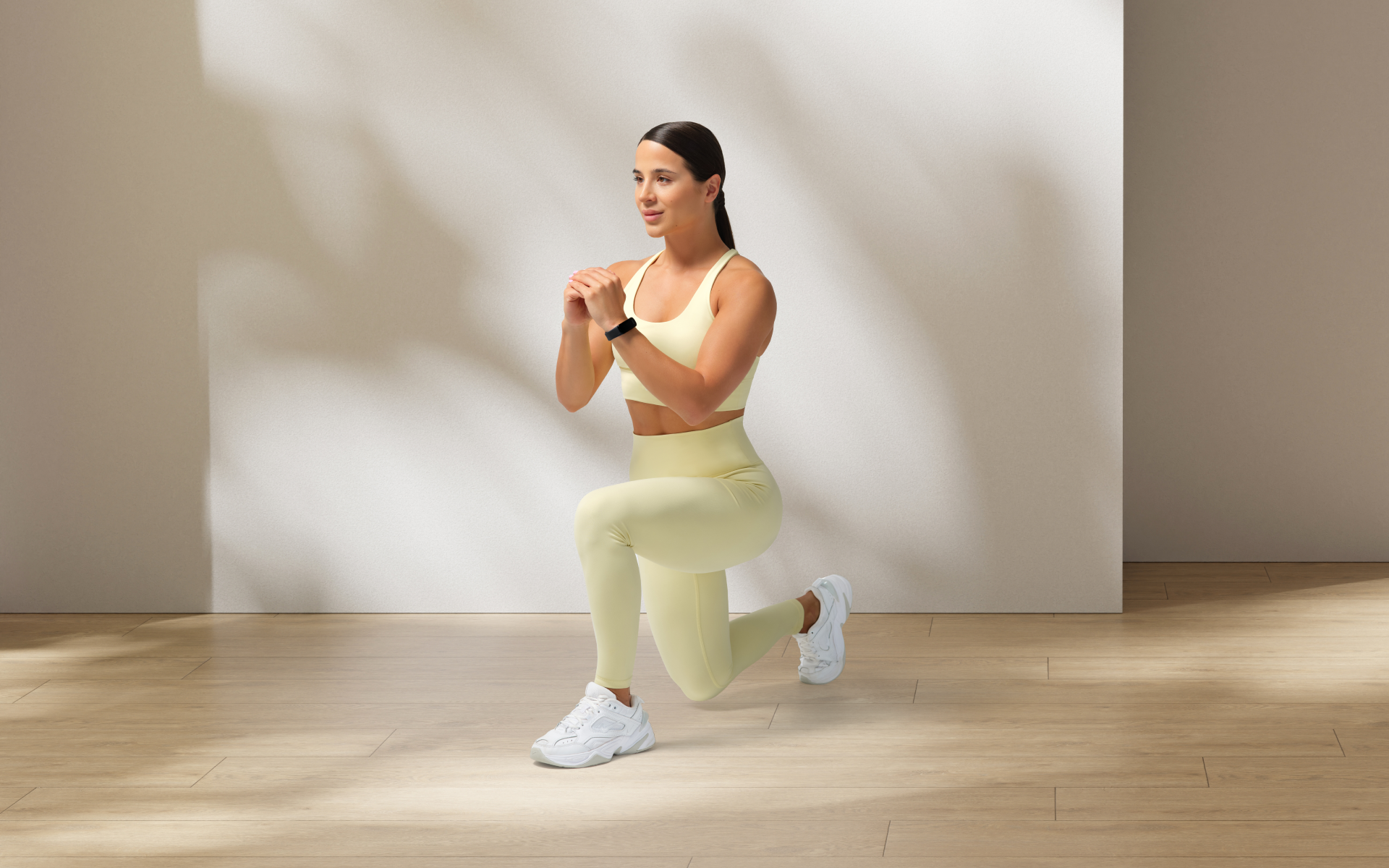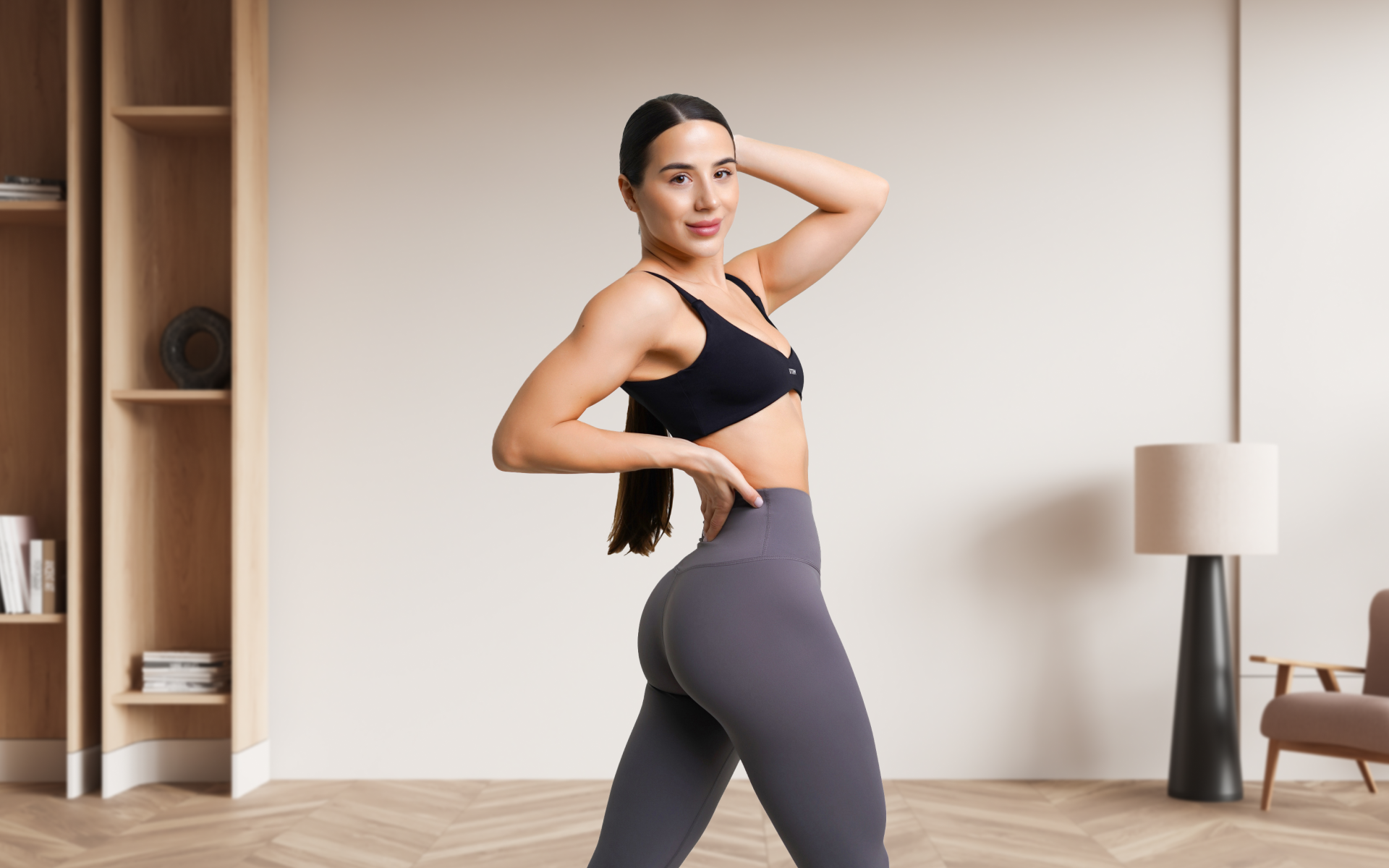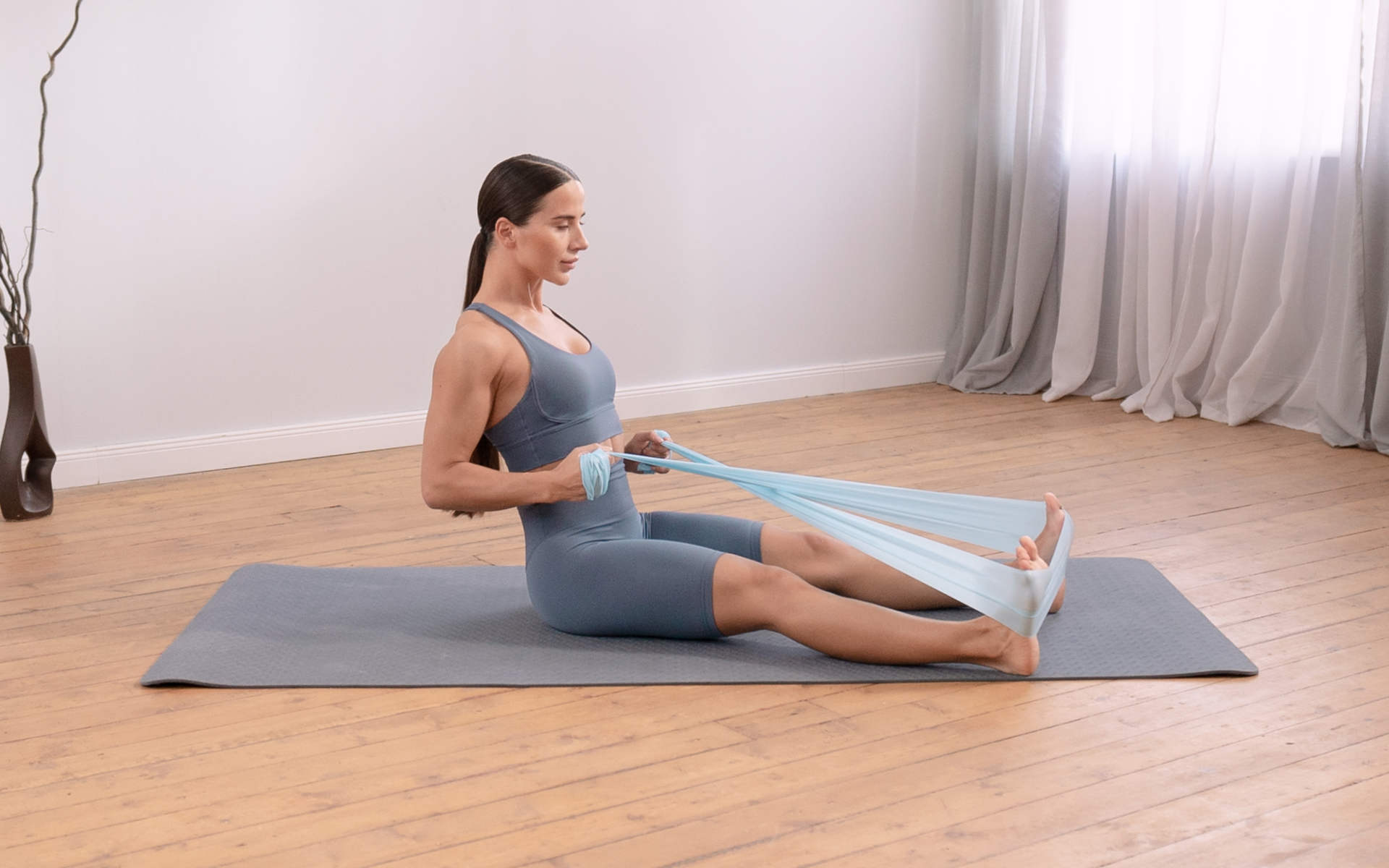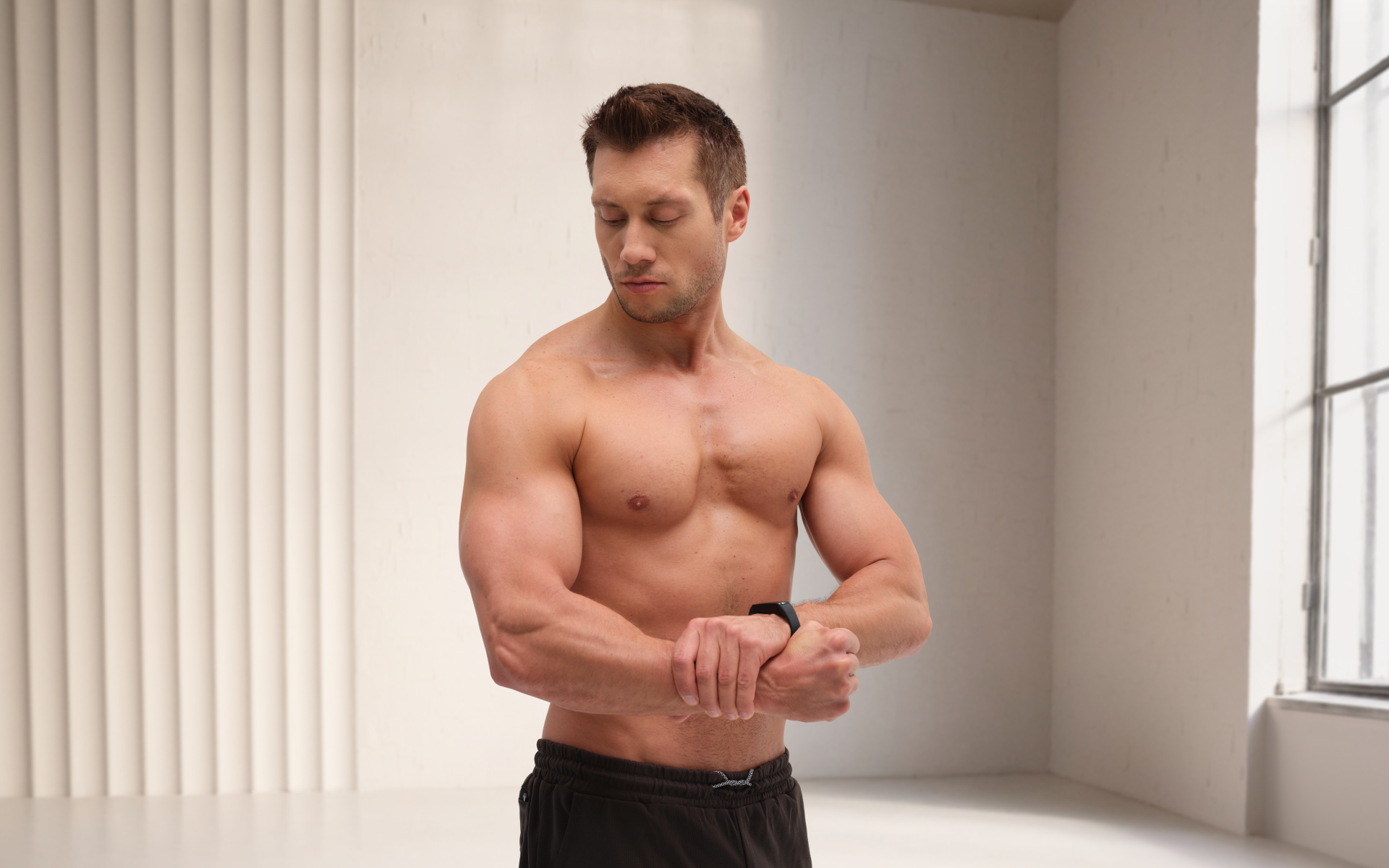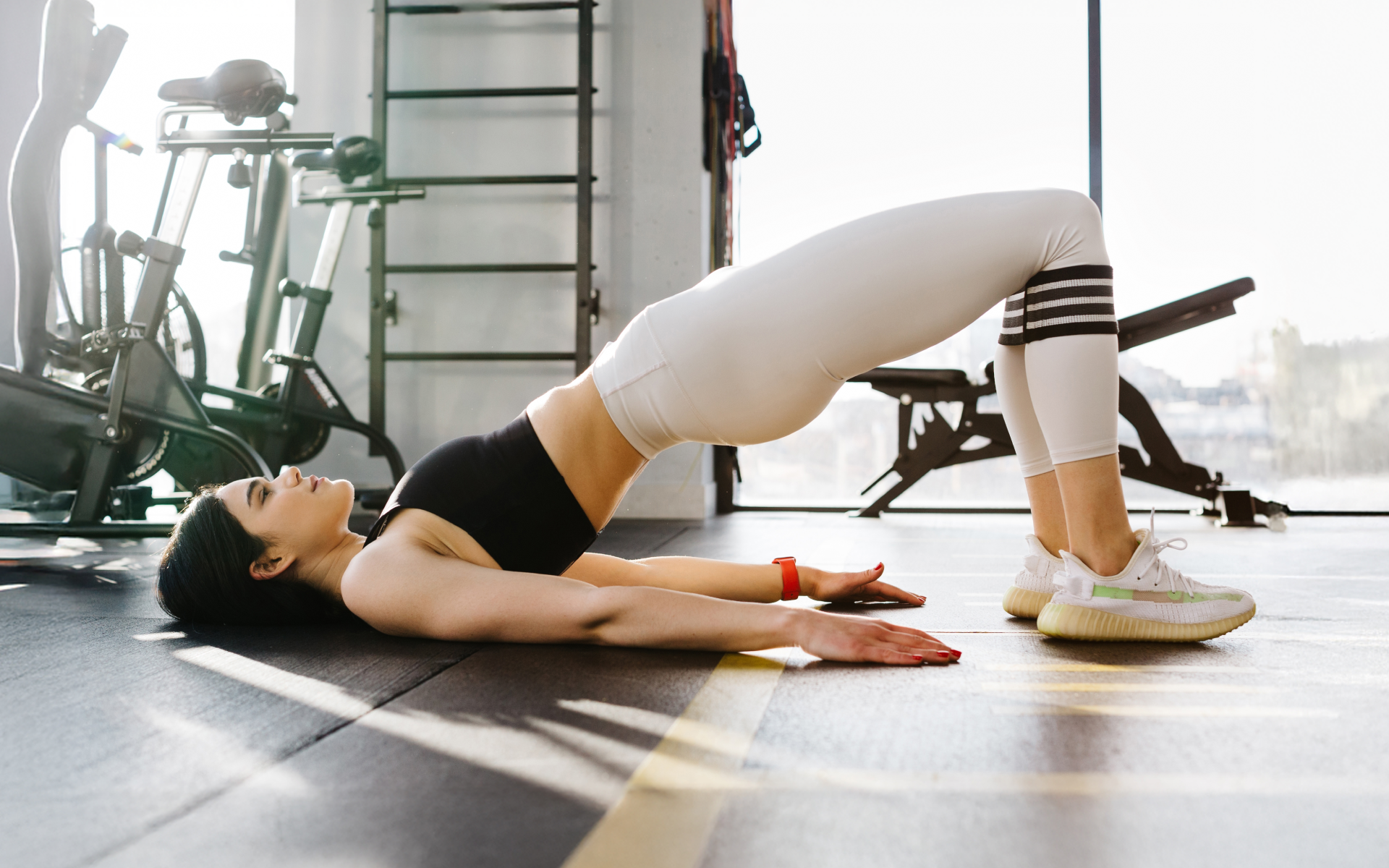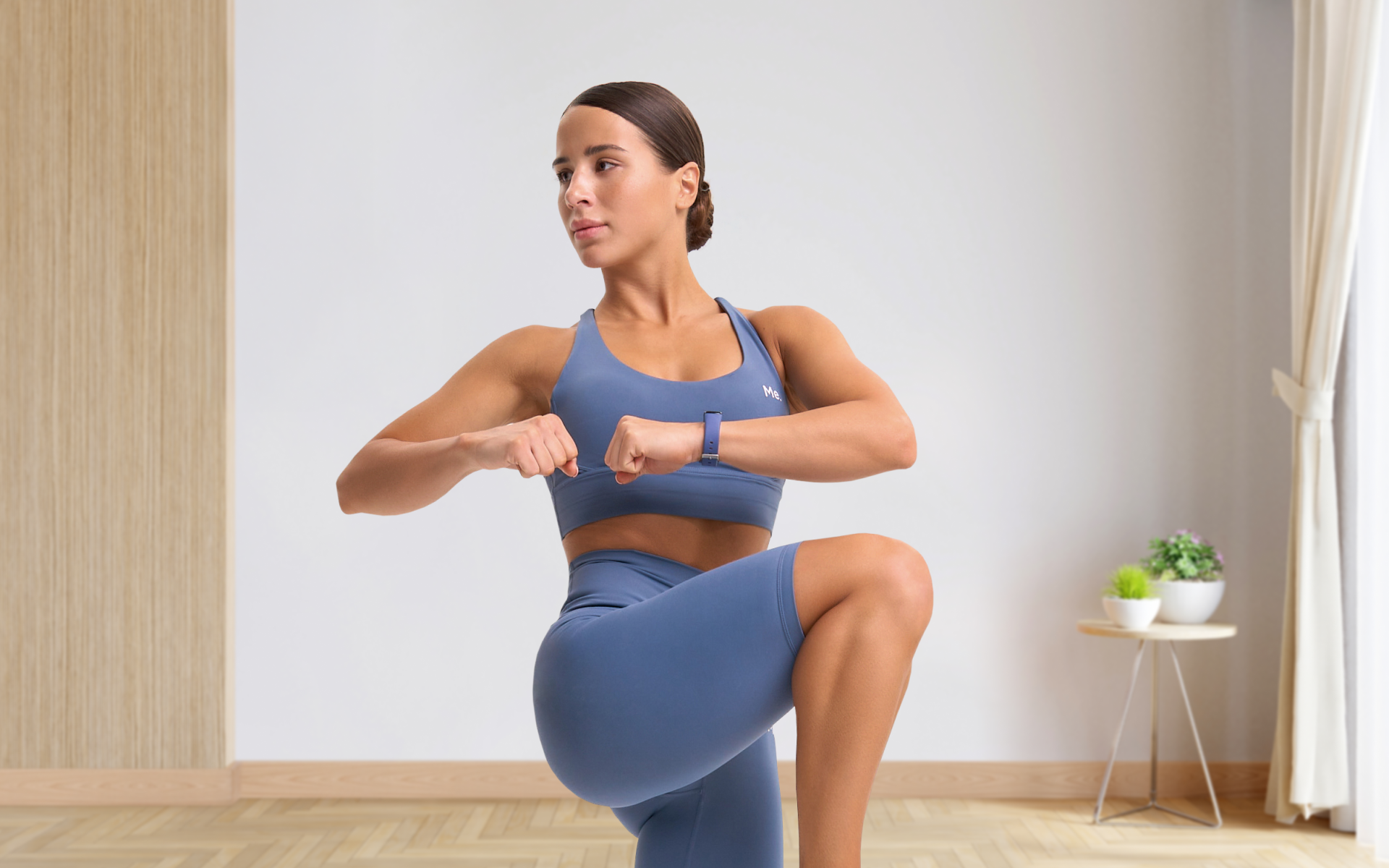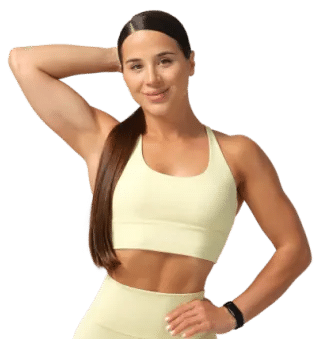Your body weight can do plenty for your fitness.
It can help you burn calories, as is the case with a body weight HIIT routine; it can help you build strength when you do push-ups; and it can help you build muscle with a properly designed calisthenics program.
Calisthenics, which is also known as body weight training, is a form of strength training that utilizes your own body weight to perform exercises. It includes movements such as push-ups, pull-ups, squats, and lunges that engage multiple muscle groups at once.
These exercises are typically performed in a circuit or high-intensity interval training (HIIT) style format to increase cardiovascular endurance while building strength and muscle simultaneously.
Here’s your guide to 12 weeks of calisthenics training, including exercises, tips, and answers to frequently asked questions.
What Is the 12-Week Calisthenics Program?
The 12-week calisthenics program is a comprehensive strength and muscle-building program that utilizes body weight exercises. It is designed to be completed over the course of 12 weeks, with each week focusing on specific exercises and progressions.
The goal of this program is to gradually increase your strength and muscle mass while improving overall fitness. By following a structured plan and eating a healthy diet, you can see significant results in just 3 months.
Week 1-4: Building a Solid Foundation
The first four weeks of your calisthenics program will focus on building a strong foundation for the more challenging exercises that come later. The key here is consistency and proper form.
Here are some exercises you can include in your routine:
Push-Ups
Push-ups are a classic body weight exercise that targets your chest, shoulders, triceps, and core. To perform a push-up:
- Start in a plank position with your hands shoulder-width apart.
- Bend your elbows to lower yourself down until your chest touches the ground.
- Push back up to the starting position by extending your elbows, engaging your core, and keeping your body in a straight line.
Body Weight Squats
Squats are a great lower-body exercise that targets your quads, hamstrings, and glutes. To perform a body weight squat:
- Stand with your feet shoulder-width apart.
- Bend your knees to lower yourself down as if sitting back into a chair
- Make sure to keep your chest up and weight in your heels as you descend.
- Ideally, your thighs will be at least parallel to the floor
- Push through your heels while you extend your knees in order to stand back up.
Pull-Ups
Pull-ups are a challenging exercise that primarily targets your back and biceps. If you’re unable to do a pull-up, start with assisted pull-ups using resistance bands or a machine.
- Grip the bar with an overhand grip, your hands shoulder-width apart.
- Engage your lats, bend your elbows, and pull yourself up until your chin is above the bar.
- Lower yourself back down with control.
Planks
Planks are a great core-strengthening exercise that also engages your arms, shoulders, and legs. To perform a plank:
- Start in a push-up position with your forearms on the ground.
- Keep your body in a straight line from head to heels.
- Focus on breathing for the duration of the exercise. You’ll want to breathe in through your chest and out through your stomach. With each breath out, you’ll want to clench your stomach even further.
- Hold for 30 seconds to 1 minute.
When it comes to weight loss, progress is made by inches, not miles, so it’s much harder to track and a lot easier to give up. The BetterMe: Health Coaching app is your personal trainer, nutritionist, and support system all in one. Start using our app to stay on track and hold yourself accountable!
Week 5-8: Increasing Intensity
After building a solid foundation, it’s time to increase the intensity of your workouts. This can be achieved by adding more reps or sets, or incorporating more challenging variations of exercises you’ve already been doing.
Some exercises to add include:
Plyometric Push-Ups
Plyometric push-ups are a dynamic variation of regular push-ups that will increase power and explosiveness in your upper body. To perform plyometric push-ups:
- Start in a push-up position.
- Lower yourself down and explosively push back up, using enough force to lift your hands off the ground.
- Land softly back in the starting position and immediately repeat.
Pistol Squats
Pistol squats are an advanced single-leg squat that challenges your balance, stability, and leg strength. To perform a pistol squat:
- Stand on one leg with your other leg extended in front of you.
- Slowly lower yourself down into a squat position, keeping your extended leg straight and heel planted on the ground.
- Push through your heel to stand back up.
- Repeat on the other side.
Muscle-Ups
Muscle-ups combine the pulling motion of a pull-up with the pushing motion of a dip. This exercise requires significant upper-body strength and coordination.
- Grip the bar with an overhand grip, your hands shoulder-width apart.
- Engage your lats and pull yourself up until your chest touches the bar.
- As you reach the top, you’ll need to continue your momentum to push down on the bar to transition into a dip position.
- It will feel as if you’re pushing off the bar once you get to the transition period of this exercise
- With your arms fully extended, hold yourself above the bar for a few seconds and then slowly lower yourself back down
Week 9-12: Gradual Progression to Advanced Movements
In the final weeks of your program, it’s time to take on some more advanced movements and really challenge yourself. These exercises require a great deal of strength and skill, so don’t get discouraged if you can’t do them right away.
The following exercises allow you to build strength and confidence without overwhelming yourself as you prepare for more advanced movements:
Pike Push-Ups
Pike push-ups are a great progression to the challenging handstand push-up. They target your shoulders, upper chest, and triceps.
- Start in a downward dog position with your hands shoulder-width apart.
- Lower yourself down until your head touches the ground, keeping your elbows close to your body.
- Push back up to the starting position.
Hollow Body Holds
Hollow body holds are a foundational core exercise that will help with strength and stability. Performing this exercise regularly will prepare you for more advanced movements like front levers and planches.
- Lie on your back with your arms extended overhead and your legs straight out in front of you.
- Engage your core and lift your arms and legs up off the ground, keeping them as straight as possible.
- Hold this position for 30 seconds to 1 minute.
Inverted Rows
Inverted rows are a challenging body weight exercise that targets your back and biceps. Performing them consistently prepares you for more advanced pulling movements. The front lever, for example, is a high-level exercise that requires a lot of strength and control in the inverted row position.
- Set up a bar at hip height.
- Grab the bar with an overhand grip, your hands shoulder-width apart.
- Keep your body straight and pull yourself up until your chest touches the bar.
- Lower yourself back down with control.
Read more: Calisthenics Back Workout: Sculpt a Stronger Back
How Do You Make a Calisthenics Program?
You make a calisthenics program by first determining your fitness goals and then selecting exercises that target each muscle group. Start with easier variations and gradually increase the intensity as you progress.
Ensure that you include a mix of push, pull, and core exercises for a balanced workout.
It’s also important to listen to your body and take rest days when needed to avoid overtraining.
Remember to always warm up before you start your workouts and cool down afterward with some stretches.
Also remember that everyone progresses at different rates. The above-listed program is incredibly challenging and is likely not a realistic progression for someone who is new to exercise.
You can take this Daily Calisthenics Routine as a starting point.
How Many Years Does it Take to Learn Calisthenics?
Most people are able to see progress and improvement in their calisthenics skills through a few months of consistent training. However, mastering advanced movements and achieving a high level of proficiency can take several years.
Here are some general estimates:
- Basic Skills: Learning basic calisthenics exercises such as push-ups, pull-ups, and squats can take a few weeks to a few months with regular practice.
- Intermediate Skills: More advanced moves such as muscle-ups, handstands, and pistol squats may take several months to a couple of years to master.
- Advanced Skills: Highly advanced skills such as planches, front levers, human flag, and one-arm pull-ups can take several years of dedicated training.
If you wish to free yourself from all the extra pounds that have been weighing you down for way too long, start using the BetterMe: Health Coaching app and overhaul your entire life!
How Long Does Calisthenics Take to See Results?
Seeing results from calisthenics can depend on various factors such as your starting fitness level, diet, consistency, and the intensity of your workouts. Here’s a general timeline to give you an idea:
- Initial Improvements (2-4 weeks): You may start to notice increased energy levels, better mood, and slight improvements in strength and endurance. Your muscles may feel more toned, and you could see some initial weight loss if that’s a goal.
- Visible Changes (6-12 weeks): With consistent training, you’ll likely see more noticeable changes in muscle definition, strength, and overall fitness. Your performance in exercises such as push-ups, pull-ups, and squats will improve, and you may start to see changes in your body composition.
- Significant Results (3-6 months): By this time, you should see significant improvements in muscle mass, strength, and endurance. Your body will be more defined, and you’ll likely have mastered several intermediate calisthenics moves.
- Long-Term Transformation (6+ months): Continued dedication will lead to mastering advanced calisthenics skills, further muscle growth, and overall enhanced physical fitness. Your body will be more agile, flexible, and strong.
Remember, results can vary from person to person. Staying consistent, maintaining a balanced diet, and getting adequate rest are essential for achieving the best results.
Read more: Beginner Calisthenics Program: 9 Exercises To Help You Master The Basics
FAQs
What is the best calisthenics program?
The best calisthenics program is one that is tailored to your specific goals and abilities. A well-rounded program should include a mix of upper-body, lower-body, core, and full-body exercises.
Is 52 too late to start calisthenics?
52 is not too late to start calisthenics. With dedication and consistent training, you can make progress at any age.
You can use this How To Get Into Calisthenics post as a guide to starting your calisthenics journey.
Is calisthenics three times a week enough?
Calisthenics 3 times a week can be enough for some individuals, but it depends on your fitness goals and current level of physical activity. For beginners, it’s recommended to start with 2-3 sessions per week and gradually increase frequency as you progress.
More advanced athletes may need to train more frequently in order to see continued progress. Regardless of your fitness level, it’s important to listen to your body and take rest days when needed.
Can I get fit after 40?
You can get fit after 40. As long as you have no underlying health conditions, age shouldn’t be a barrier to achieving fitness goals. Incorporating regular exercise and maintaining a healthy diet can help you improve your strength, endurance, and overall fitness, regardless of your age (1). It’s never too late to start taking care of your body and prioritizing your health.
This 30-day calisthenics workout plan can be a perfect routine to do, even after 40.
Is it OK to do calisthenics before bed?
It’s OK to do calisthenics before bed if it doesn’t disrupt your sleep. Exercise can release endorphins and make it difficult to fall asleep immediately after (2), so if you have trouble sleeping after a workout, it’s best to do calisthenics earlier in the day.
Gentle stretching or yoga before bed can be beneficial for relaxation and improving sleep. Listen to your body and adjust your workouts accordingly to find what works best for you.
The Bottom Line
The 12-week calisthenics program is a great way to improve overall strength, muscle mass, and fitness without needing any equipment. By following this structured plan and gradually increasing intensity and difficulty, you can achieve amazing results in just three months. Remember to always prioritize proper form and listen to your body – rest days are just as important as workout days. Keep challenging yourself and don’t be afraid to try new exercises.
DISCLAIMER:
This article is intended for general informational purposes only and does not serve to address individual circumstances. It is not a substitute for professional advice or help and should not be relied on for making any kind of decision-making. Any action taken as a direct or indirect result of the information in this article is entirely at your own risk and is your sole responsibility.
BetterMe, its content staff, and its medical advisors accept no responsibility for inaccuracies, errors, misstatements, inconsistencies, or omissions and specifically disclaim any liability, loss or risk, personal, professional or otherwise, which may be incurred as a consequence, directly or indirectly, of the use and/or application of any content.
You should always seek the advice of your physician or other qualified health provider with any questions you may have regarding a medical condition or your specific situation. Never disregard professional medical advice or delay seeking it because of BetterMe content. If you suspect or think you may have a medical emergency, call your doctor.
SOURCES:
- Benefits of Physical Activity (2024,cdc.gov)
- How Does Exercise Affect Sleep? (2024,ncoa.org)





